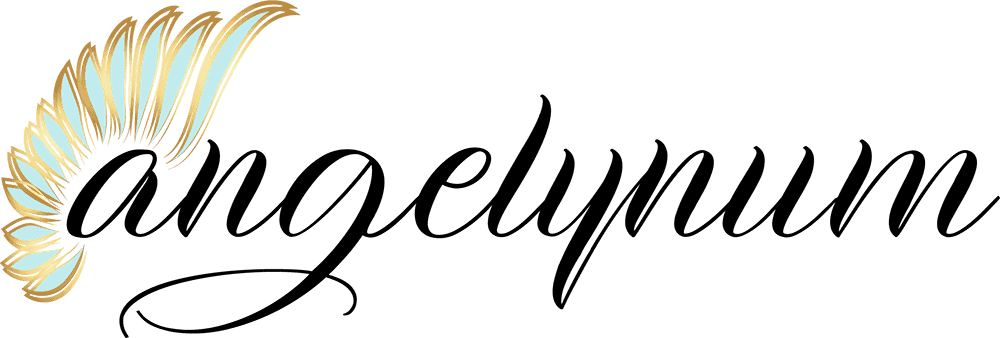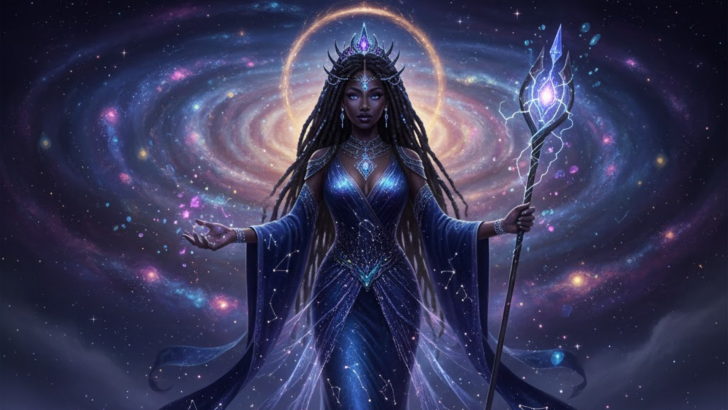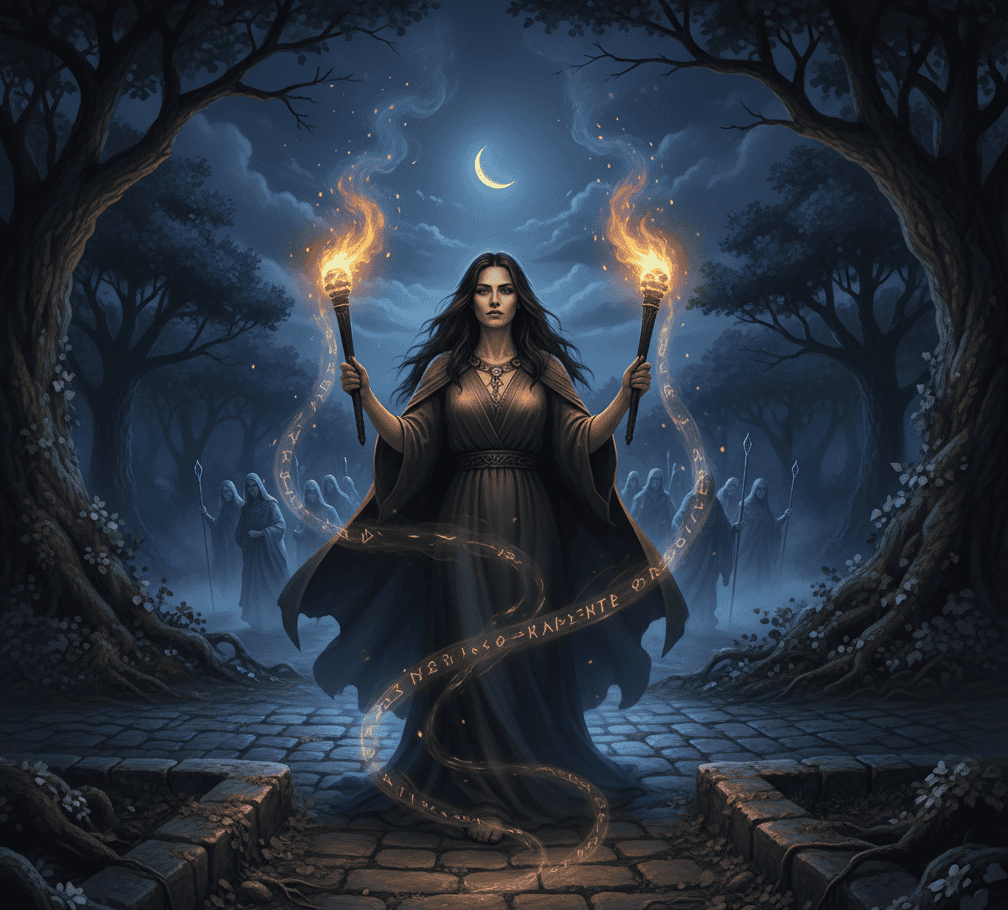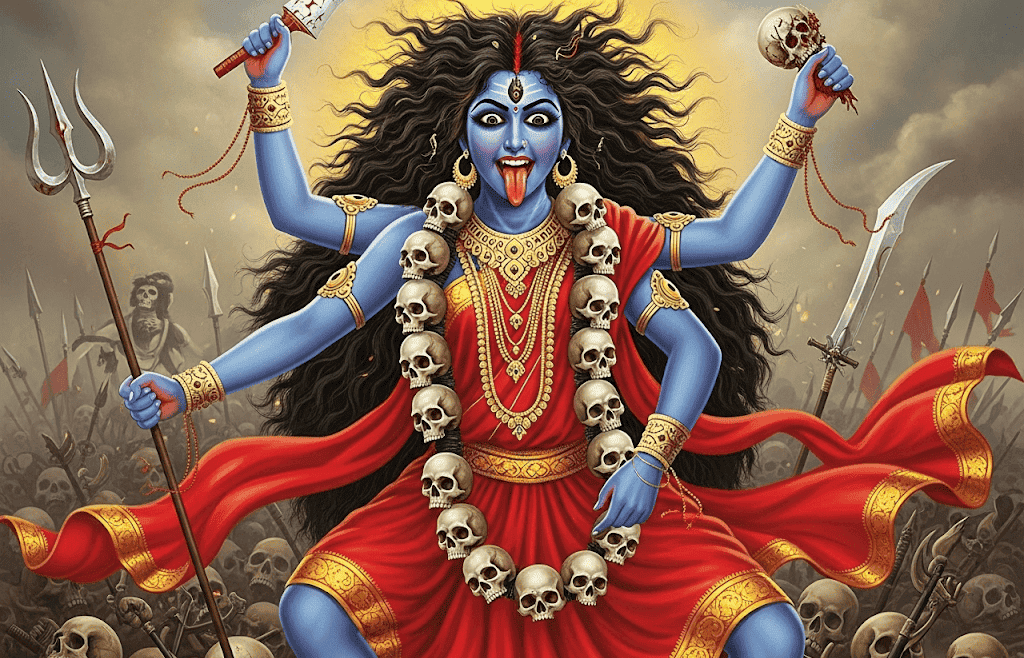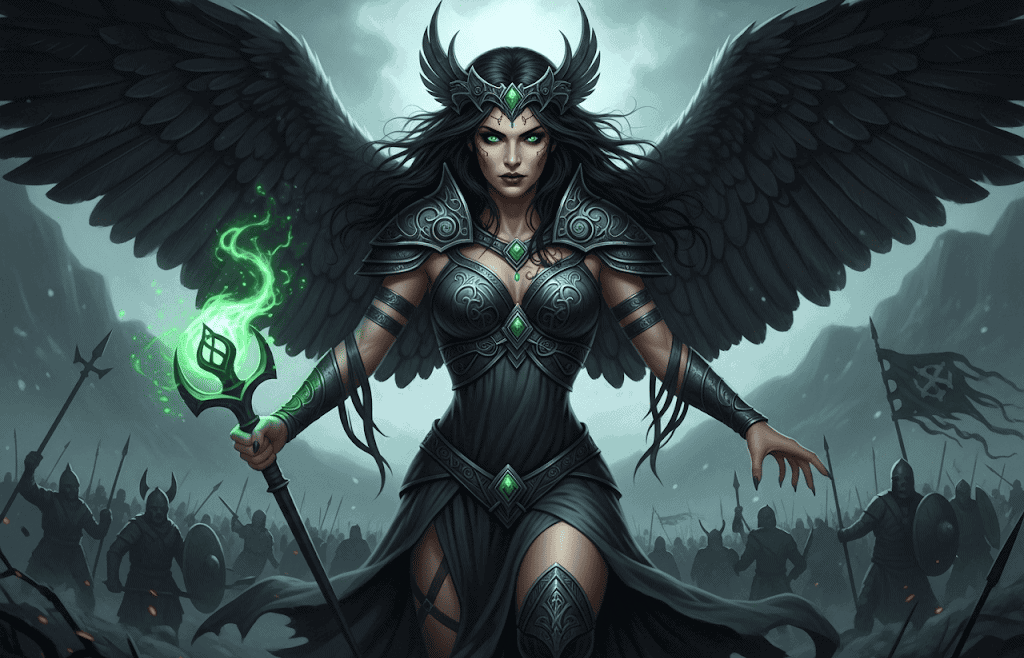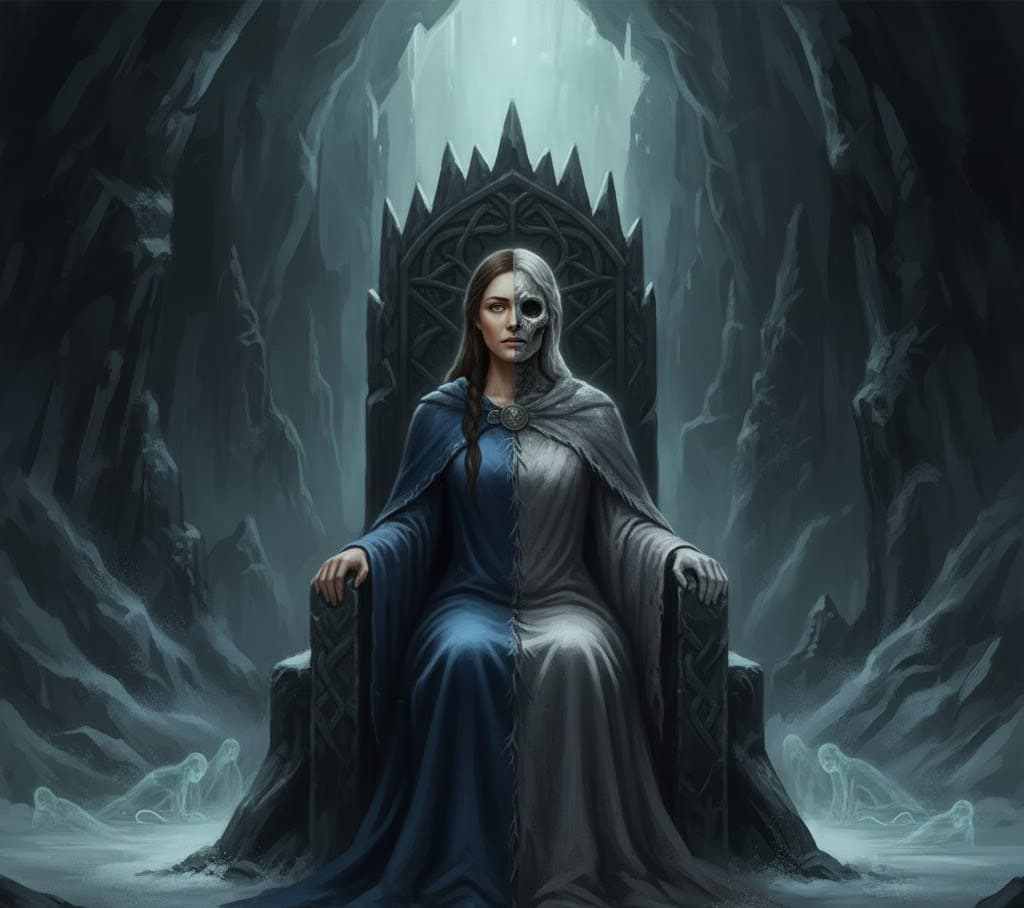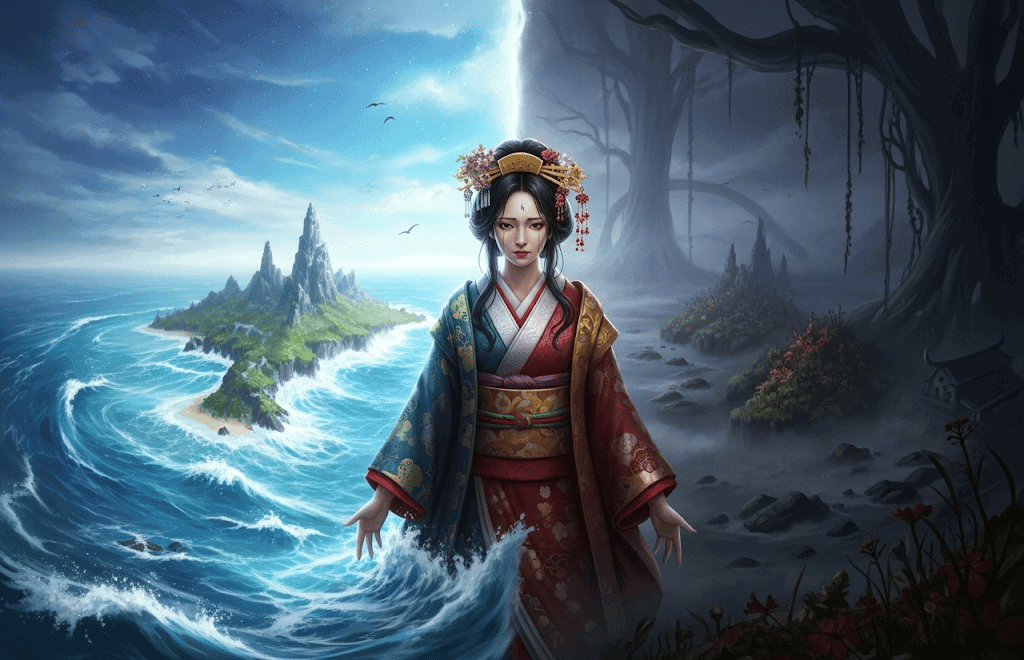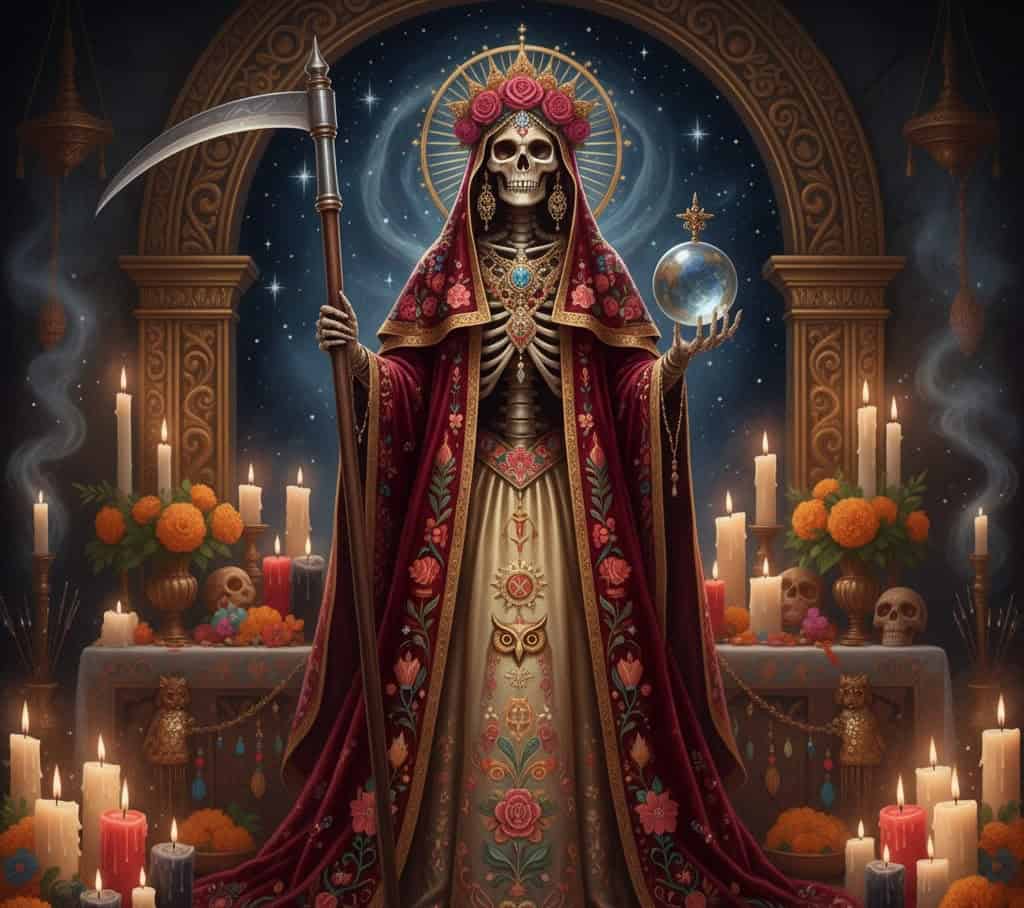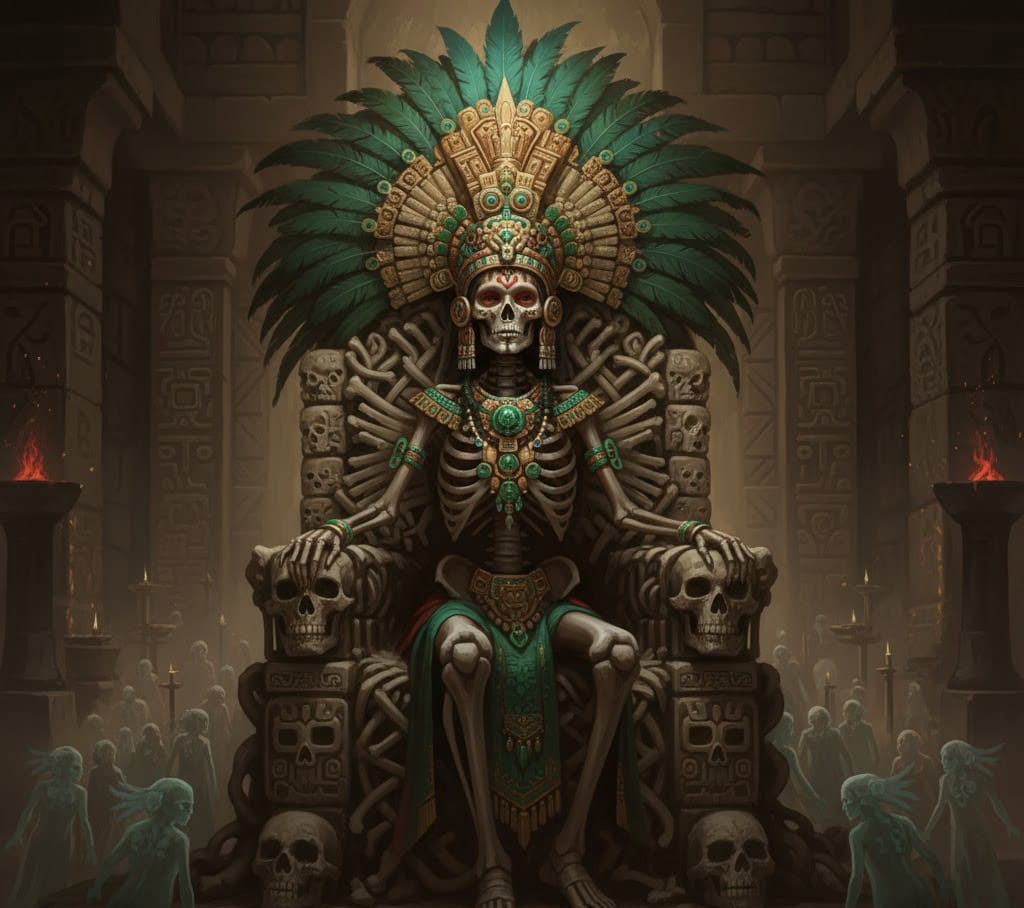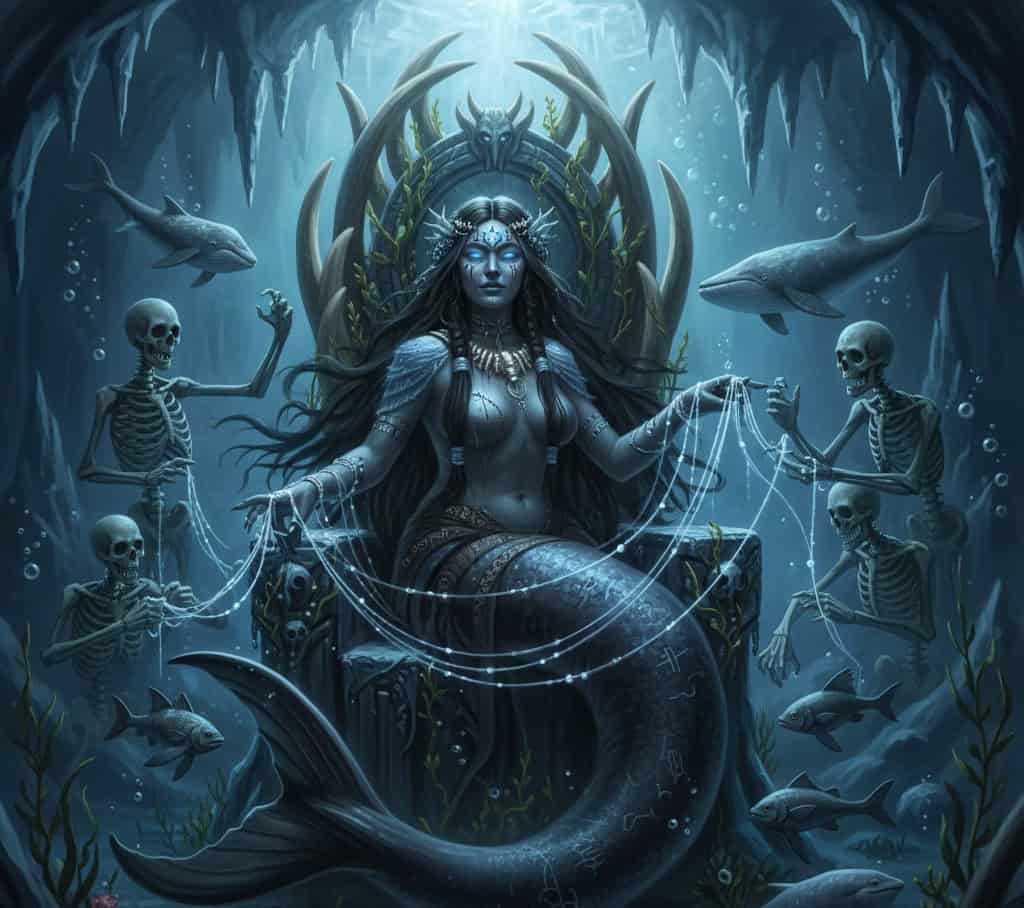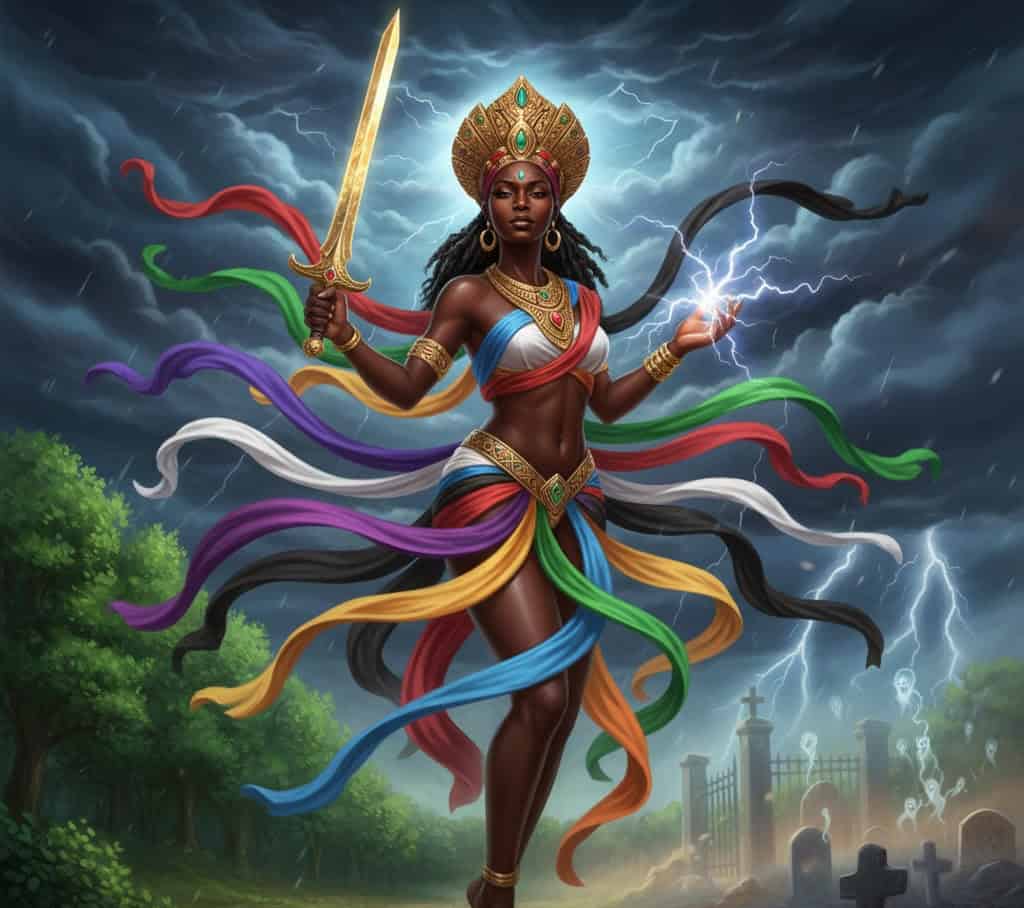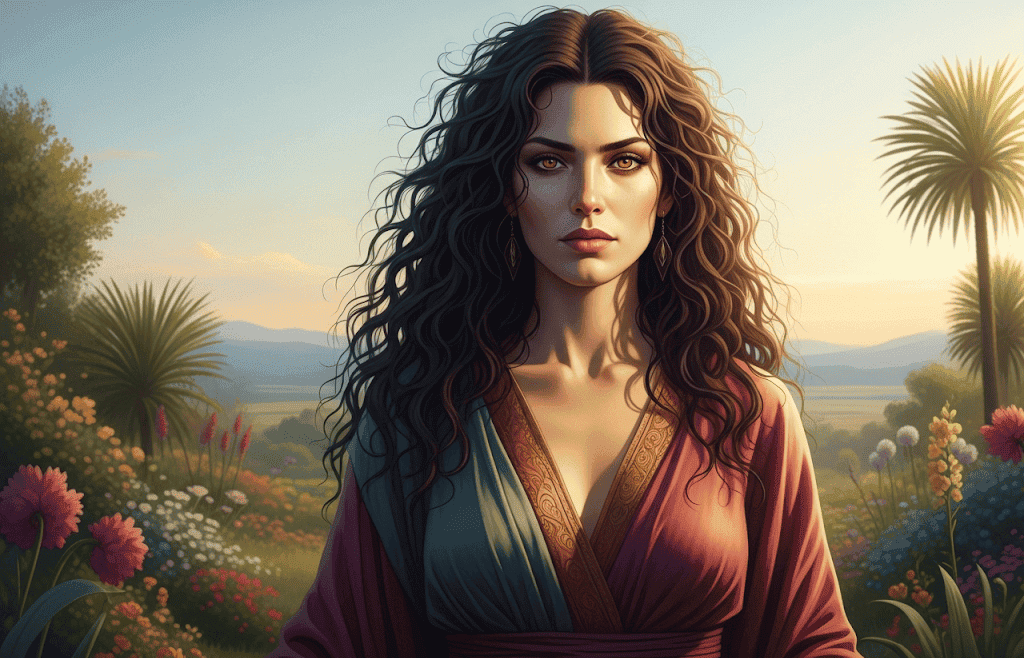Dark goddesses and spirits have always fascinated people. They represent mystery, power, and the shadow side of life.
Unlike gentle deities of love or beauty, these figures rule over death, transformation, and destiny. They are both feared and honored because they remind us that darkness can be sacred, too.
Here are ten dark goddesses and spirits from around the world whose stories show how shadow and light are deeply connected.
1. Hecate – The Greek Goddess of Crossroads and Witchcraft
Hecate is one of the most mysterious figures in Greek mythology. She watches over crossroads, doorways, and the boundary between the world of the living and the dead.
People once left offerings for her at night, hoping she would guide them safely through uncertain paths.
She carries torches to light the way for lost souls and is often seen with dogs by her side. Hecate is not cruel, but she does not fear darkness. She represents the hidden knowledge that comes from facing what others avoid.
2. Kali – The Fierce Mother of Destruction and Renewal
In Hindu mythology, Kali is a goddess of time, change, and destruction. Her wild appearance often frightens people, but she is also deeply compassionate.
She destroys ignorance and ego so that truth can shine through. She dances on battlefields wearing a garland of skulls, reminding her followers that life and death are part of the same cycle.
Devotees see her as a mother who protects them from harm and helps them overcome fear. Kali teaches that destruction is not evil when it clears the way for renewal.
3. Morrigan – The Irish Phantom Queen of Fate
The Morrigan is an Irish goddess of battle and destiny. She can appear as a crow flying over battlefields or as a beautiful woman offering prophecy.
Warriors both feared and revered her because she could foretell who would live or die. The Morrigan represents the power of transformation through conflict.
She shows that even in chaos, there is purpose and strength. Many modern interpretations see her as a symbol of feminine power and independence, unafraid to embrace the darker parts of life.
4. Hel – The Norse Keeper of the Dead
In Norse mythology, Hel is the daughter of Loki and rules over the realm of the dead, known as Helheim. Half of her face is living flesh, and the other half is pale and corpse-like.
Her world is not fiery or full of torment but cold and quiet. She welcomes those who die of old age or illness, giving them a place to rest. Though she is often described as grim
, Hel’s story reveals a kind of fairness. She rules with calm authority and treats all souls equally. She reminds us that death is not punishment but a natural destination for all.
5. Izanami – The Japanese Goddess of Death
Izanami began as a creator goddess alongside her husband Izanagi. Together they shaped the islands of Japan and brought life into the world.
But when she died giving birth to the god of fire, her story turned dark. Izanagi tried to bring her back from the underworld, but when he saw her decayed form, he fled in terror.
Heartbroken and enraged, Izanami became the goddess of death, vowing to claim a thousand lives each day.
Her story shows how love and loss can transform even the most nurturing figure into one of shadow and power.
6. La Santa Muerte – The Holy Death of Mexico
La Santa Muerte is a modern spirit of death who has become an important figure in Mexican culture. She is usually shown as a skeleton dressed in colorful robes, holding a scythe or a globe.
People pray to her for protection, justice, and safe passage through life’s dangers. Though she is linked to death, her followers see her as a gentle guardian who accepts everyone without judgment.
Her popularity shows how death can be honored not as an enemy, but as a part of life’s balance.
7. Mictecacihuatl – The Aztec Lady of the Dead
Mictecacihuatl is the queen of Mictlan, the Aztec underworld. She watches over the bones of the dead and protects their spirits.
Each year, people honored her during ceremonies that inspired the modern-day Day of the Dead celebrations.
Her image is often shown with a skull face and a regal crown, symbolizing that death is not something to hide from.
Instead, it is something to celebrate and respect. She teaches that remembering those who have passed keeps their spirits alive in the hearts of the living.
8. Sedna – The Inuit Goddess of the Sea and the Dead
Sedna is one of the most powerful figures in Inuit mythology. She rules the ocean and all its creatures, and she also has control over the spirits of those who die at sea.
Her story begins when she is betrayed by her father and thrown into the freezing ocean. As she tried to hold on to the kayak, he cut off her fingers, which became the seals, whales, and fish.
Now she lives beneath the waves, both nurturing and vengeful. When humans disrespect the sea, she withholds its bounty.
Shamans must travel to her underwater home to calm her spirit and restore balance.
9. Oya – The Yoruba Goddess of Storms and the Cemetery
Oya is a West African goddess who commands the winds, lightning, and transformation. She guards the gates of the cemetery, guiding souls to the next world.
Oya’s storms can destroy, but they also bring renewal. She is a fierce protector of women and a force of sudden change.
People honor her for the courage she gives to face life’s hardest transitions. When Oya’s winds blow, they carry both endings and beginnings, showing that loss can lead to growth.
10. Lilith – The Rebel Spirit of the Night
Lilith’s story began in ancient Mesopotamia and later appeared in Jewish mythology. She was said to be the first woman created before Eve, but she refused to be submissive.
She left the Garden of Eden and became a wandering spirit of the night. Over time, people portrayed her as a demon, yet others saw her as a symbol of freedom and feminine strength.
Lilith represents the part of love and life that refuses to be controlled. She is both feared and admired because she embodies independence, desire, and the courage to walk away from domination.

I always felt a strong connection to the Divine since my birth. As an author and mentor, my mission is to help others find love, happiness, and inner strength in the darkest of times.
